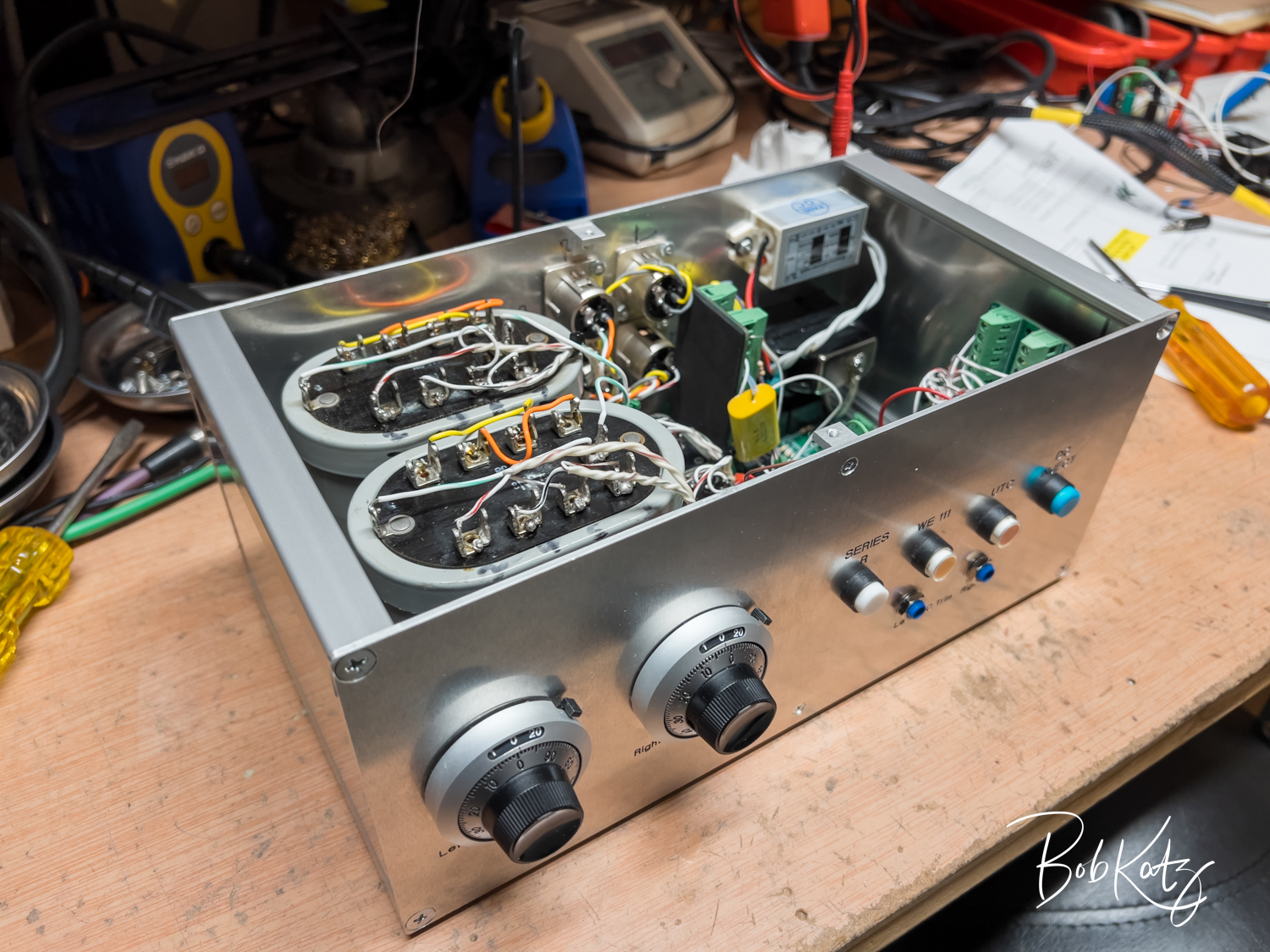People make them from stepped switches usually. If you don't want to make them, check out goldpoint or daven
You have the 600:600 wiring figured out, which is the primary and secondary both series. To switch to 600:150, switch the secondary to parallel.
You have balanced signals so there is a (+) and (-) coming in on each XLR. You don't have to switch the ground, but you do have to switch the (+) and (-), so each needs a 2P. For full bypass, then you need 4PDT for both left and right.
Just A/Bing. You need to decide if you want it or not.
That doesn't make any sense. Read about balanced signals.










